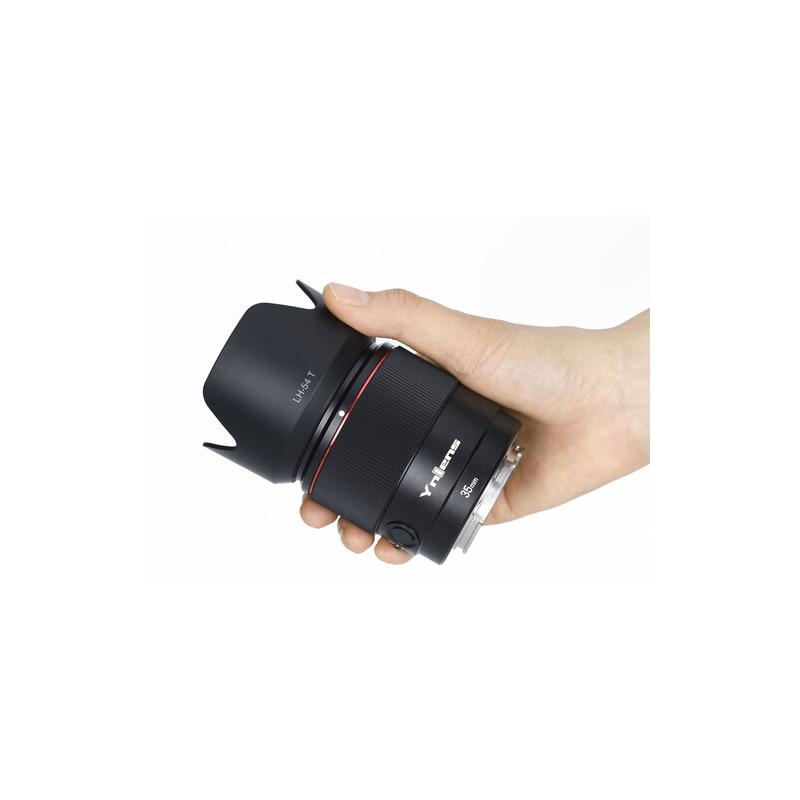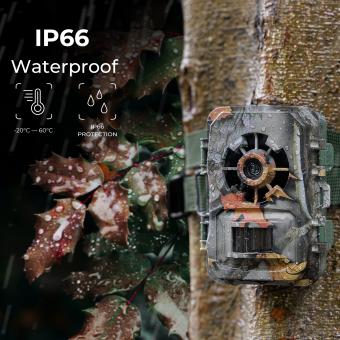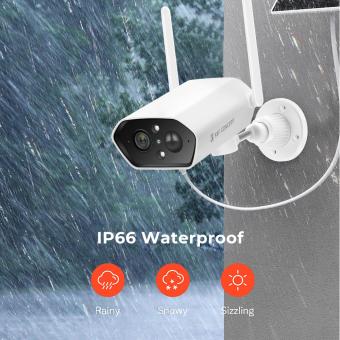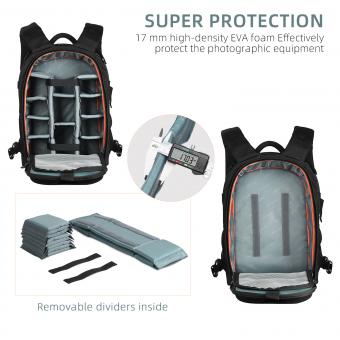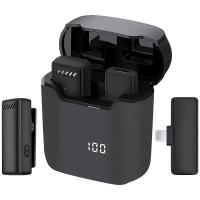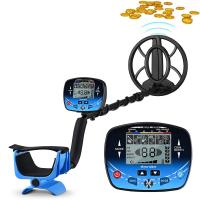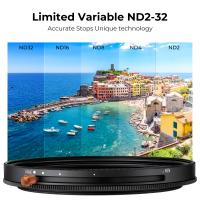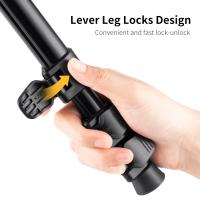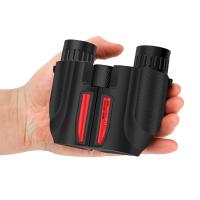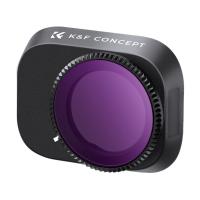How To Cut Foam For Camera Case ?
To cut foam for a camera case, you can follow these steps:
1. Measure the dimensions of your camera case and mark them on the foam sheet.
2. Use a straightedge or ruler to connect the marks and create the outline of the shape you want to cut.
3. Use a sharp utility knife or an electric foam cutter to carefully cut along the marked lines. Make sure to apply even pressure and keep the blade perpendicular to the foam.
4. For more precise cuts, you can use a hot wire foam cutter or a foam cutting saw.
5. Once the main shape is cut, you can create additional compartments or cutouts by repeating the same process within the larger shape.
6. Test the fit of the foam in the camera case and make any necessary adjustments by trimming or shaving off excess foam.
7. Once you are satisfied with the fit, place your camera and accessories in the foam cutouts and secure them in the case.
Remember to take your time and work slowly to ensure clean and accurate cuts.
1、 Foam Cutting Tools and Techniques for Camera Case
Foam Cutting Tools and Techniques for Camera Case
When it comes to cutting foam for a camera case, there are several tools and techniques that can be used to achieve precise and professional results. Whether you are customizing a camera case or creating a new one from scratch, the following tips will help you achieve the desired outcome.
1. Measure and plan: Before cutting the foam, it is essential to measure the dimensions of your camera and accessories accurately. This will help you plan the layout and determine the size of the foam pieces needed.
2. Electric knife: An electric knife is a popular tool for cutting foam due to its ability to create clean and precise cuts. It is recommended to use a knife with a serrated blade, as it will make the cutting process easier and prevent the foam from tearing.
3. Hot wire cutter: A hot wire cutter is another effective tool for cutting foam. It uses a heated wire to melt through the foam, creating smooth and accurate cuts. This tool is particularly useful for cutting intricate shapes and curves.
4. Utility knife: A sharp utility knife can also be used to cut foam. It is important to use a new blade to ensure clean cuts and avoid tearing the foam. Make sure to apply even pressure and use a straight edge as a guide for straight cuts.
5. Laser cutting: For more advanced and precise foam cutting, laser cutting machines can be used. These machines use a laser beam to cut through the foam with high accuracy. However, they can be expensive and may not be accessible to everyone.
6. Practice and patience: Cutting foam requires practice and patience to achieve the desired results. It is recommended to start with small cuts and gradually work your way up to more complex shapes. Take your time and make sure to double-check measurements before cutting.
In conclusion, cutting foam for a camera case can be done using various tools and techniques. Whether you choose an electric knife, hot wire cutter, utility knife, or laser cutting machine, it is important to measure accurately, plan your layout, and practice patience to achieve professional-looking results.
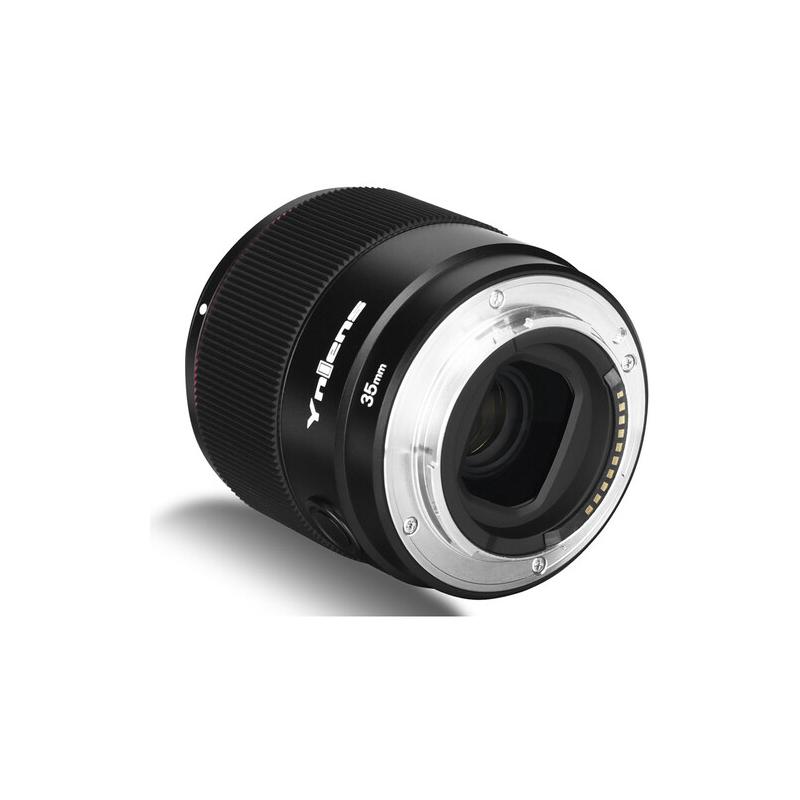
2、 Precision Cutting Methods for Foam Inserts in Camera Cases
Precision Cutting Methods for Foam Inserts in Camera Cases
When it comes to protecting your valuable camera equipment, a foam insert in a camera case can provide excellent cushioning and organization. However, cutting foam to create custom inserts requires precision and careful attention to detail. Here are some methods to achieve precise cuts for foam inserts in camera cases.
1. Measure and plan: Before cutting the foam, measure the dimensions of your camera and accessories to determine the layout of the foam insert. Plan the arrangement of the items and mark the areas where you need to cut the foam.
2. Hot wire cutting: This method involves using a heated wire to cut through the foam. It provides clean and precise cuts, especially for intricate shapes. You can use a hot wire cutter or even make one yourself using a nichrome wire and a power source. Ensure safety precautions are followed when working with heated wires.
3. Electric knife or utility knife: An electric knife or a sharp utility knife can be used to cut foam. Make sure the blade is sharp and use a straight edge or a template to guide your cuts. Take your time and make slow, steady cuts to achieve clean edges.
4. Laser cutting: If you have access to a laser cutter, it can be a highly precise method for cutting foam. Laser cutting allows for intricate designs and precise measurements. However, this method may not be readily available to everyone.
5. Foam cutting tools: There are specialized foam cutting tools available in the market, such as foam saws or foam cutting routers. These tools are designed specifically for cutting foam and can provide clean and precise cuts.
Remember to always test your cutting method on a scrap piece of foam before cutting the actual insert. This will help you refine your technique and ensure the desired results.
In conclusion, precision cutting methods for foam inserts in camera cases involve careful planning, measuring, and using the right tools. Whether you choose hot wire cutting, electric knife, laser cutting, or specialized foam cutting tools, the key is to take your time and make precise cuts to create a custom foam insert that perfectly fits your camera and accessories.
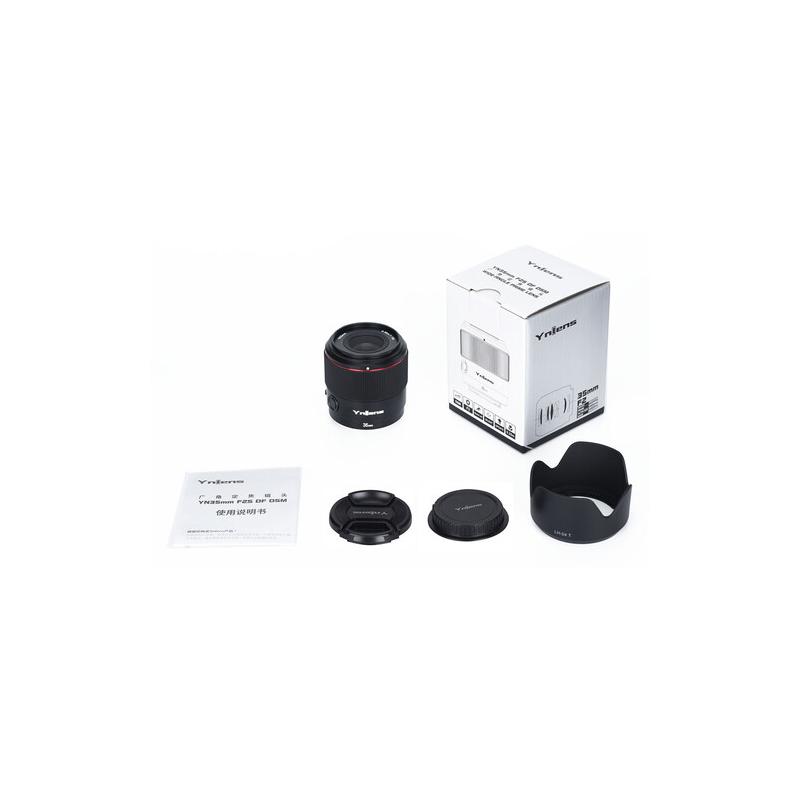
3、 Choosing the Right Foam Density for Camera Case Inserts
Choosing the Right Foam Density for Camera Case Inserts
Foam inserts are an essential component of camera cases as they provide protection and organization for your valuable equipment. When it comes to cutting foam for camera case inserts, there are a few key steps to follow to ensure a precise and professional result.
1. Measure and plan: Start by measuring the dimensions of your camera case and the equipment you want to store. This will help you determine the size and shape of the foam inserts you need. Plan the layout of your equipment within the case to optimize space and accessibility.
2. Choose the right foam density: Foam comes in various densities, which determine its firmness and durability. The density you choose depends on the level of protection your equipment requires. For delicate and sensitive gear, such as cameras and lenses, a higher density foam is recommended to provide better shock absorption and prevent damage from impacts.
3. Mark and cut: Once you have determined the dimensions and density of the foam, mark the outline of your equipment on the foam sheet. Use a sharp utility knife or an electric foam cutter to cut along the marked lines. Take your time and make precise cuts to ensure a snug fit for your equipment.
4. Test and adjust: After cutting the foam, place your equipment in the case and check for any gaps or loose areas. If necessary, trim the foam further to achieve a secure and snug fit. It's important to ensure that the equipment is held firmly in place to prevent any movement during transport.
5. Finishing touches: To give your foam inserts a professional look, consider adding a top layer of foam or fabric to cover the exposed edges. This will not only enhance the aesthetics but also provide additional protection against dust and debris.
In conclusion, cutting foam for camera case inserts requires careful planning, precise measurements, and the right tools. Choosing the appropriate foam density is crucial to ensure optimal protection for your equipment. By following these steps, you can create custom foam inserts that will keep your camera gear safe and organized during transport.

4、 Creating Customized Foam Inserts for Camera Cases
Creating customized foam inserts for camera cases is a great way to protect your valuable equipment and ensure that everything stays organized. When it comes to cutting foam for a camera case, there are a few steps you can follow to achieve the best results.
First, you will need to gather the necessary materials. This includes a sharp utility knife or an electric foam cutter, a ruler or measuring tape, and of course, the foam itself. It is recommended to use high-density foam as it provides better protection and durability.
Next, measure the dimensions of your camera case and transfer those measurements onto the foam. Use a ruler or measuring tape to ensure accuracy. Mark the lines lightly with a pen or marker, as you will need to erase them later.
Now, it's time to cut the foam. If you are using a utility knife, make sure it is sharp and start by making shallow cuts along the marked lines. Gradually increase the depth of the cuts until you can easily remove the excess foam. Take your time and be patient to avoid any mistakes.
If you are using an electric foam cutter, follow the manufacturer's instructions for safe and precise cutting. These tools can make the process faster and more efficient, especially for intricate designs or curved shapes.
Once you have cut out the main shape of the foam insert, you can further customize it by creating smaller compartments for specific camera accessories. This can be done by repeating the measuring and cutting process for each compartment.
Finally, clean up any remaining pen or marker marks and test the fit of your camera and accessories in the foam insert. Make any necessary adjustments by trimming or reshaping the foam until everything fits snugly and securely.
In conclusion, cutting foam for a camera case requires careful measurement, precision cutting, and attention to detail. By following these steps, you can create a customized foam insert that provides optimal protection and organization for your camera equipment.
